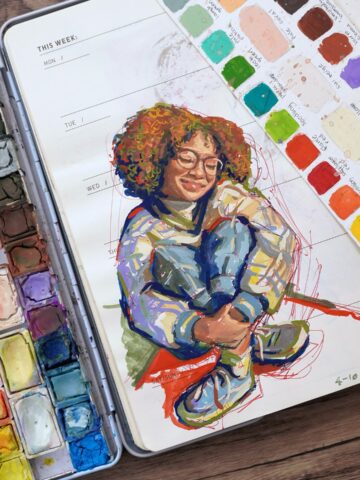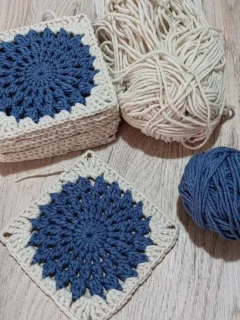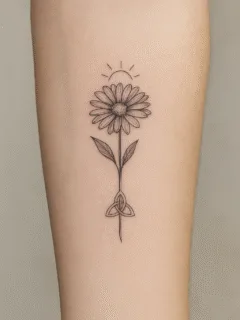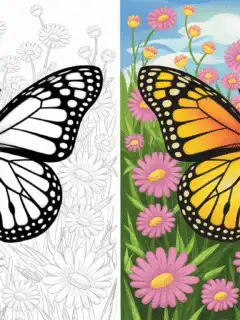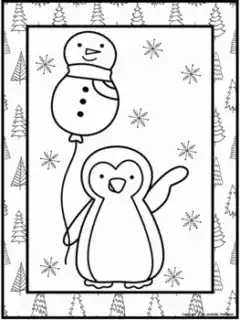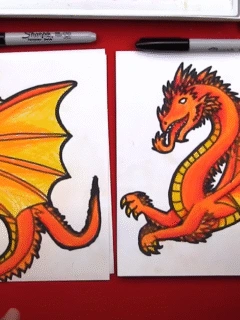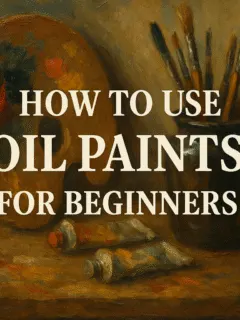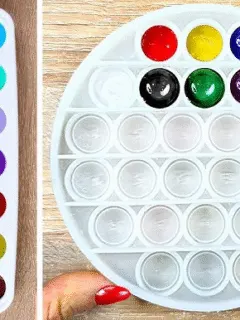If you’re just getting into gouache, choosing the right paint set can make your first experience smooth instead of frustrating. Good beginners’ gouache should be opaque, easy to blend, richly pigmented, and come in a small but useful range of colors. Below are three excellent beginner-friendly gouache sets — all reliable, well-tested by artists, and …
Crochet doesn’t have to be hard. In fact, some of the cutest and most satisfying projects are perfect for total beginners — even if you’ve never held a hook before. In this guide, you’ll find 15 beginner-friendly crochet ideas you can finish quickly, practice new skills on, and proudly show off. These projects use simple …

